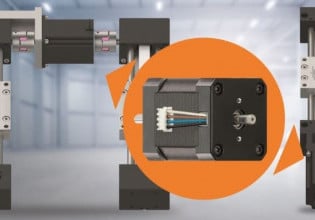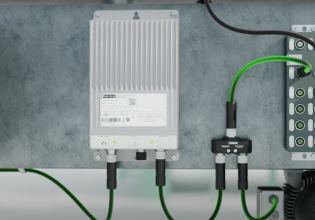J
I could use some opinions regarding the use of Emergency Stop.
According to my interpretation of the NFPA 79, sec 3.52, a system of conveyors, loaders, etc, comprising an automated workcell would be defined as a single industrial machine.
Accordingly, since each "industrial machine" requires a category 0 stop circuit, would it follow that every piece of directly associated
machinery would have to be tied into a common e-stop circuit?
Or would a broader interpretation permit a long production line, for example, to be divided into zones of control, with each zone havings its own, distinct Emergency Stop circuit?
Consider the situation of a robot removing parts from a conveyor, and loading them into a machine tool, and removing finished parts from the machine tool, and loading them to the same conveyor. This fits the deninition of "a group of machines working in a coordinated manner" according the the NFPA 79. In this circumstance, an "Emergency Stop" pushbutton on the conveyor
would also have to stop the robot, and the machine tool-- correct?
Thanks very much for your input.
John Vales
Wes-Tech Automation, Inc.
[email protected]
According to my interpretation of the NFPA 79, sec 3.52, a system of conveyors, loaders, etc, comprising an automated workcell would be defined as a single industrial machine.
Accordingly, since each "industrial machine" requires a category 0 stop circuit, would it follow that every piece of directly associated
machinery would have to be tied into a common e-stop circuit?
Or would a broader interpretation permit a long production line, for example, to be divided into zones of control, with each zone havings its own, distinct Emergency Stop circuit?
Consider the situation of a robot removing parts from a conveyor, and loading them into a machine tool, and removing finished parts from the machine tool, and loading them to the same conveyor. This fits the deninition of "a group of machines working in a coordinated manner" according the the NFPA 79. In this circumstance, an "Emergency Stop" pushbutton on the conveyor
would also have to stop the robot, and the machine tool-- correct?
Thanks very much for your input.
John Vales
Wes-Tech Automation, Inc.
[email protected]






